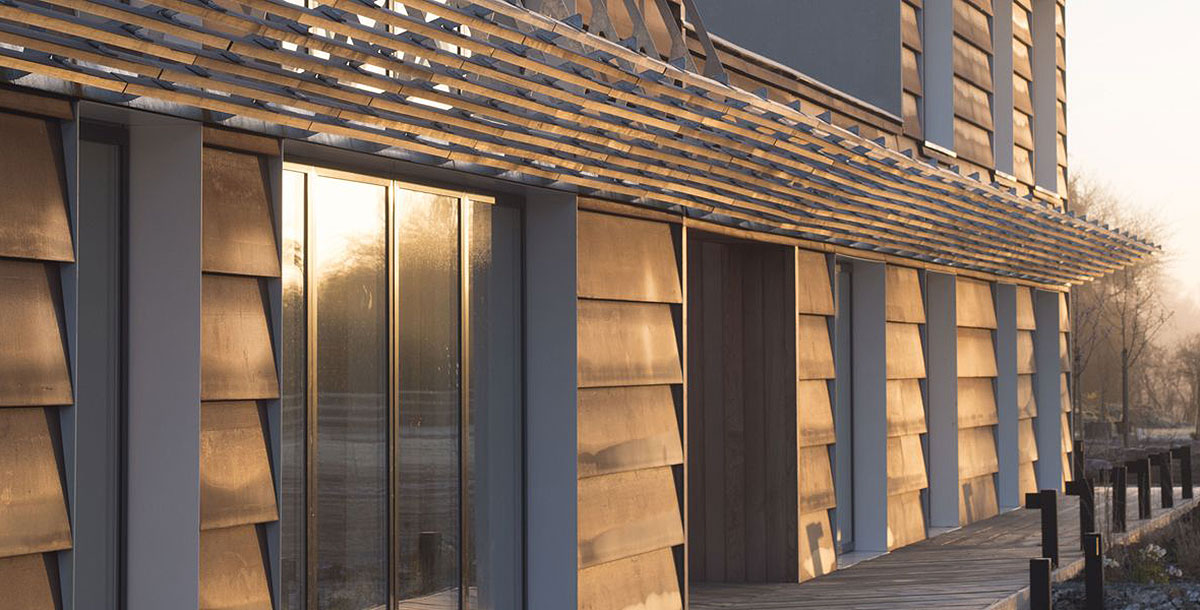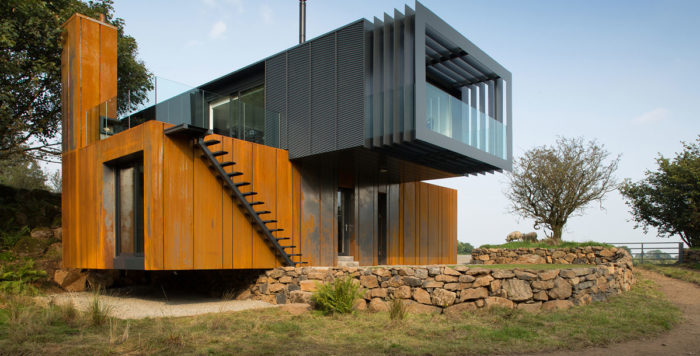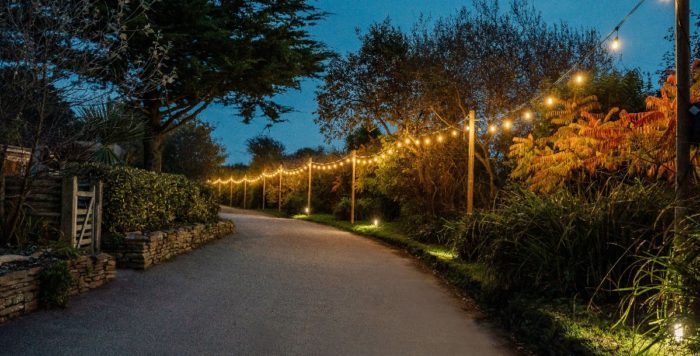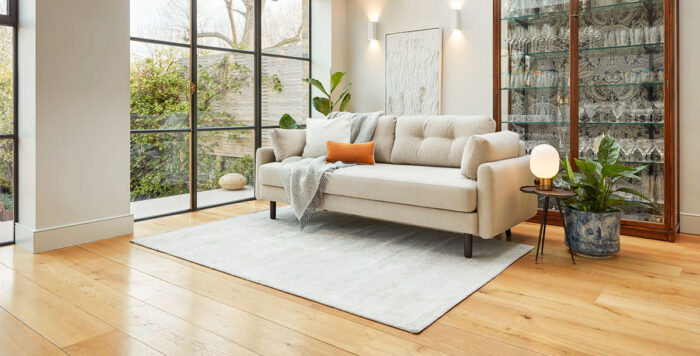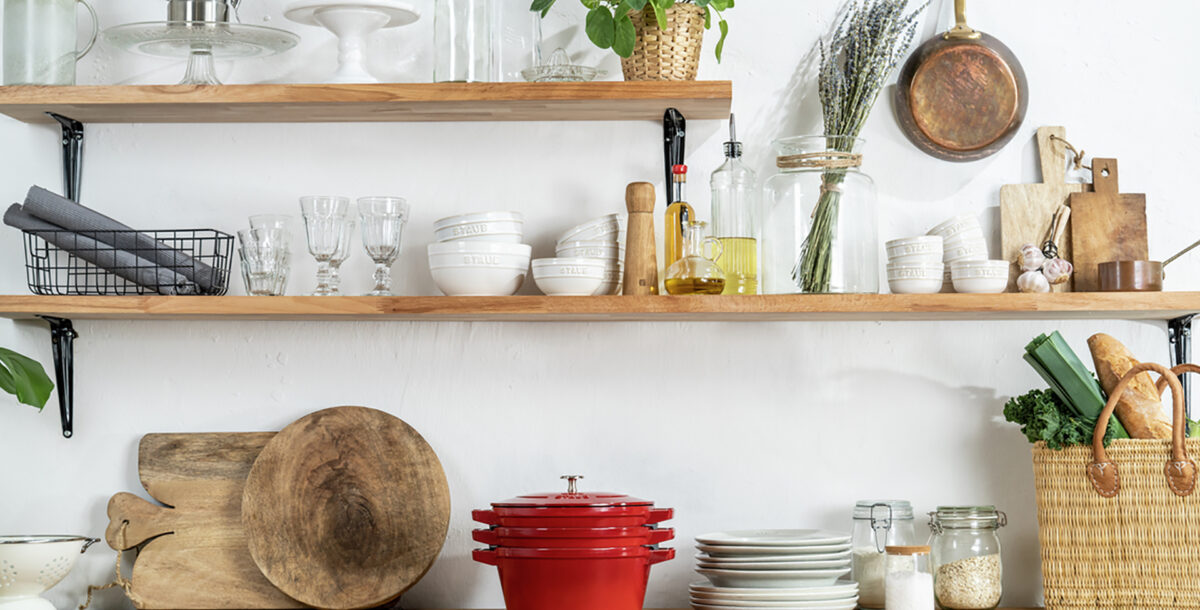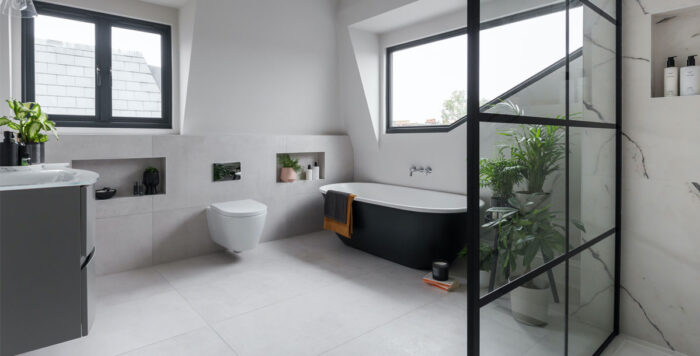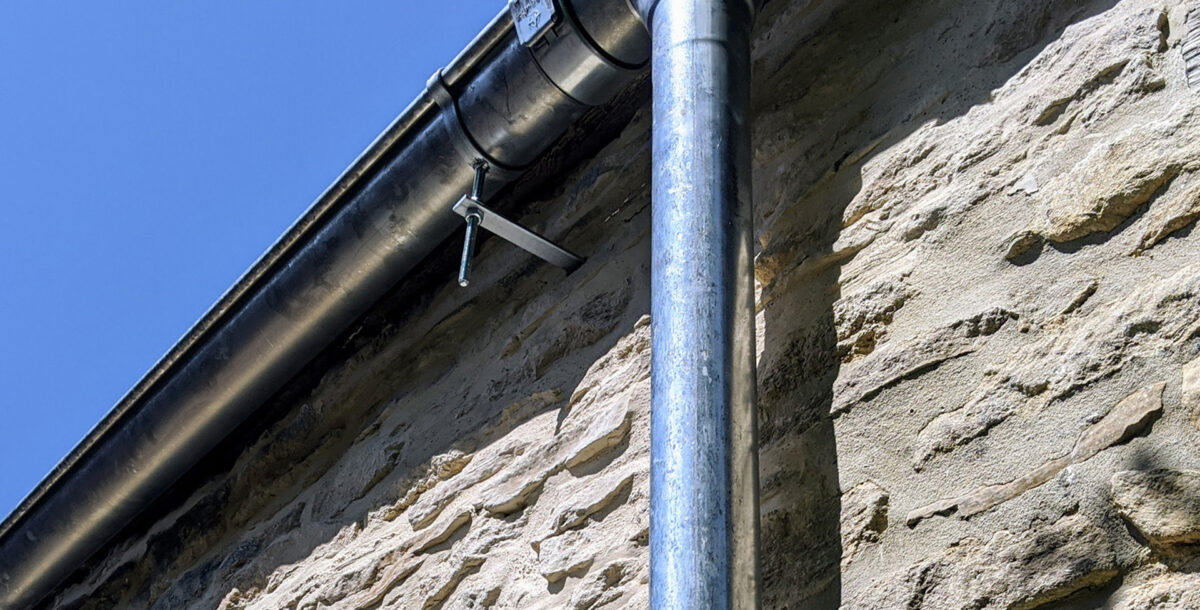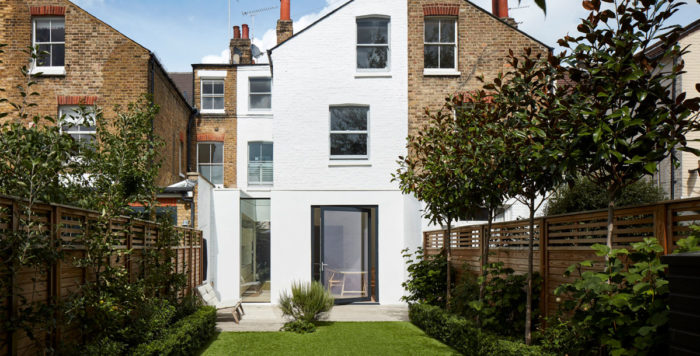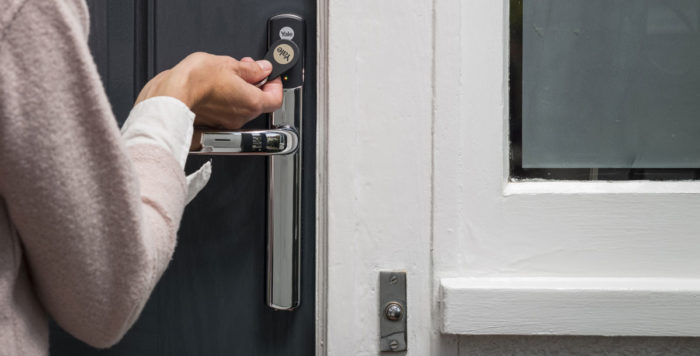Reasons to consider a custom build home
Custom building is a developing trend but what are the disadvantages over traditional self build?
From a developer offering a single plot with outline planning permission already in place, to collaborative schemes put together by a group of neighbours or largescale co-housing projects where thousands of families will one day live, custom-build is the opposite of one-size-fits-all.
The term ‘custom-build housing’ was introduced in 2011, under the government’s Housing Strategy for England, a plan to increase the number of homes available to buy.
It’s a developing trend in the UK but on the continent, custom-build is already established as a way of creating new homes. In the city of Almere, near Amsterdam in The Netherlands, there is scope for at least 3,000 houses and apartments, all either custom- or self-build.
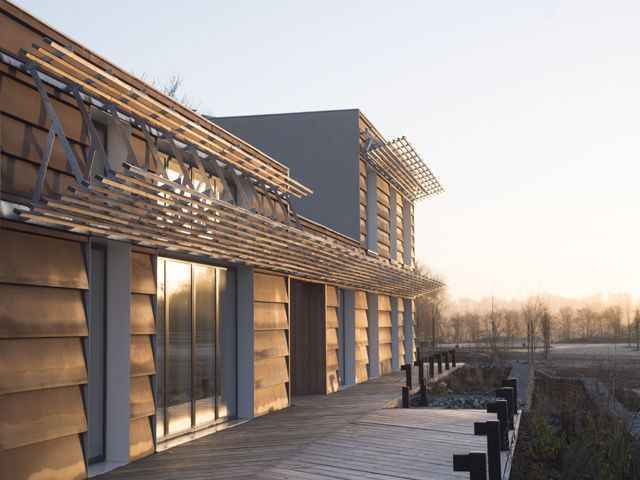
This property was designed to fit perfectly into an Area of Outstanding Natural Beauty in Berkhamsted, Hertfordshire by FACIT
There are crucial differences between custom-build and the traditional self build. Essentially, with self-build you are personally accountable for every aspect of the project.
With custom-build, much of this responsibility is taken off your shoulders by the developer or your co-builders. Services are already in place, infrastructure such as roads is created and there is an approved design code you follow, working in conjunction with the developer, builder or modular homes manufacturer.
Here we look at the advantages and disadvantages of choosing to custom build your home and how it differs from the self build route.
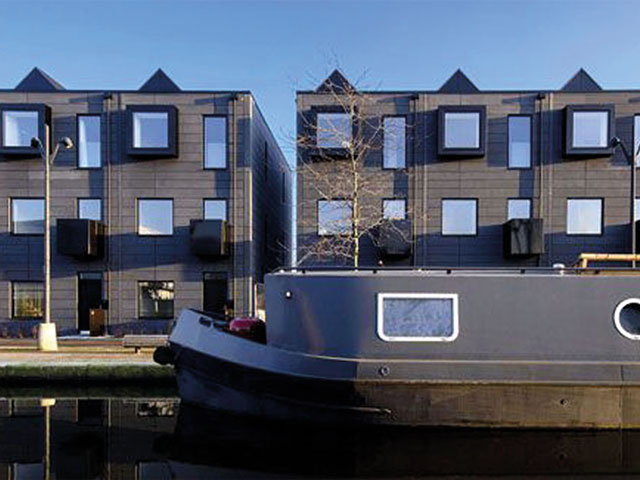
Urban Splash townhouses in North Shields Tyneside
Custom Building
The pros
- Your home is customised with all the features you want.
- You don’t have to spend years looking for the ideal plot.
- All services such as gas, electricity, water and sewage will be installed, saving hassle and expense.
- Planning permission will already have been secured. n The build itself is taken care of by the developer.
- A design guide will set out the parameters of what is and isn’t permitted in the finished builds.
The cons
- Custom-build sites tend to develop piecemeal, and you may not like living on a building site for months, possibly years.
- You pay a premium for custom build, but this may not be reflected when you come to sell in the future.
- You can get carried away and over-spec your new home, meaning less equity invested and the possibility of a poor return should you come to sell.
- Multi-home schemes tend to be densely planned, so the plot size might be compromised. n In a co-housing scheme, living in close proximity to neighbours may not be for everyone.
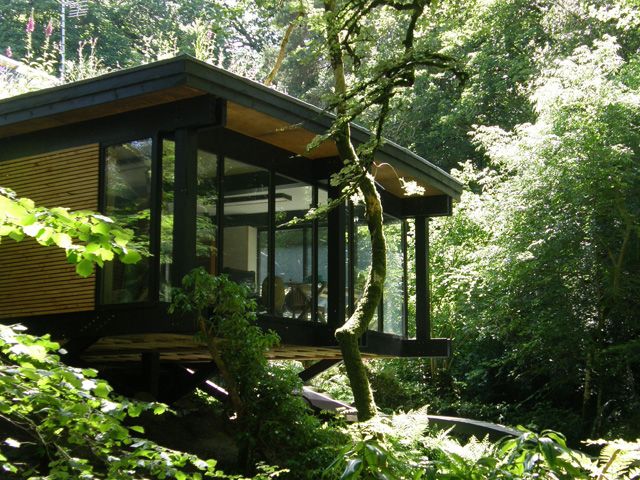
The 220sqm two-bedroom house in Cornwall is made from a lightweight post-and-beam structure on pad foundations and cost £81,800 to build, by Penk Architecture.
Self Building
The pros
- Complete freedom over the design and specification of your home.
- Usually, self-build means you will work with a larger plot than custom-build.
- It’s a good investment for the future – buyers will pay a premium for ‘one-off’ homes.
The cons
- It can be difficult to find a plot.
- Land prices are expensive in popular areas.
- A self-build budget can easily spiral out of control.
- Contractors and builders may be difficult to manage.
- Some quirky and individual self-build homes may not appeal to future buyers.

